Smart, glamorous, and with an enchanting personality, IWC Chief Marketing Officer Franziska A. Gsell has been leading the brand toward a greener future since she was appointed chair of its sustainability committee in 2015. Although IWC started this journey in 2007 when it was certified carbon neutral, Gsell has helped the company accelerate its efforts and weave them into every aspect of its ethos.
In their communication material, IWC states that their general purpose of “Engineering beyond time” is upheld by the pillars of Transparency, Responsibility, and Circularity. In her two roles, Gsell must ensure that those three principles are respected at all times. “It’s about affecting change in all that I do, and all that IWC does. “IWC watches are engineered to last beyond your lifetime and mine. This is the very essence of being a sustainable product. Besides, we introduced a service by which every IWC ever produced is offered to be restored. Full circularity.”
Gsell’s confidence is infectious. “Sustainability comes from the heart,” she explains. “It’s about doing what is right.” One could argue that it is about not just doing the right thing, but also innovation and revenue, two goals with which she agrees. “It may be easier for a new company to be green from the beginning than it is for IWC, which has been operating since 1868,” she says. “But we have to invest in the future, and the future is about doing things sustainably.”
“We [IWC] have to invest in the future, and the future is about doing things sustainably.”
– Franziska Gsell
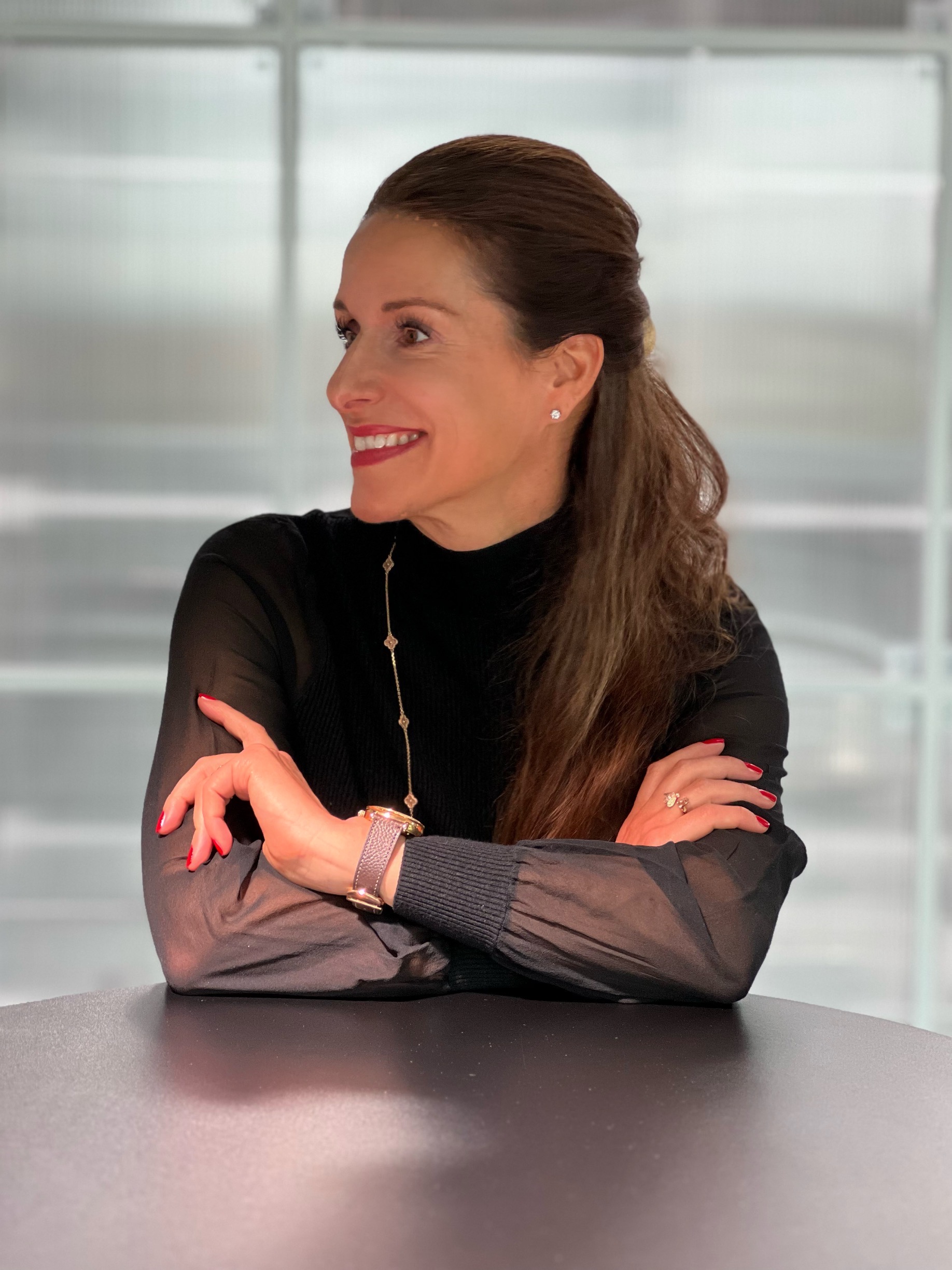
Some goals set up by the IWC Sustainability Committee are easier to realize than others. The making of watches per sei is not where the problem lies. The company high the problems with carbon emissions are found in areas such as packaging, the distribution chain of the product, and the suppliers that the company works with.
IWC, like most companies, categorises its emissions using the Greenhouse Gas Protocol Standard, which divides emissions into Scope 1, 2 and 3. The first two have to do with the emissions the company makes directly or indirectly and are under completely under control. The third is reserved for those stemming from suppliers, transport and travel, for example. “Our new manufacturing centre is certified carbon neutral and boasts all kind of green features, including the use of hydropower from the Rhine River and 2,000 sqm of solar panels on the roof. Everywhere else, we have switched to purchasing 100 percent renewable energy.” It is Scope 3 emissions that give Gsell and her team a bit of a headache. “It is very difficult to monitor the indirect services that we use,” she says. As an example, she mentions marketing. “If I buy billboards globally, it is almost impossible to know the carbon footprint of the companies that will put them up. Are they using electric or diesel vans? Does the electricity used to illuminate them at night come from a renewable source? Or if I buy print advertising, is the paper recycled? Do the printers use renewable energy?”
Gsell regularly speaks to Christian Knoop, IWC’s Chief Design Officer, about the sustainability footprint of different materials. “Straps are a good example,” she says. “I am wearing one made of calf leather, from an animal bred and raised in Switzerland and used for agricultural purposes. So its leather is a by-product of the meat industry, and using it contributes to a zero-waste policy.” The calf-leather strap is 10 times less polluting than one made of alligator, and much more eco-friendly than one made from standard vegan leather, which is often made of PVC and polyurethane – plastics and petroleum-based materials.
In 2021, the company took a giant leap with the introduction of straps made from TimberTex, a fully compostable paper-based material produced in Italy. TimberTex uses 80 percent plant-based fibres, which are sustainably sourced from European forests. The company is also well under way in purchasing only Forest Stewardship Council-certified forestry products. Advancing in the sustainability of packaging is another area in which Gsell and Knoop are working together.
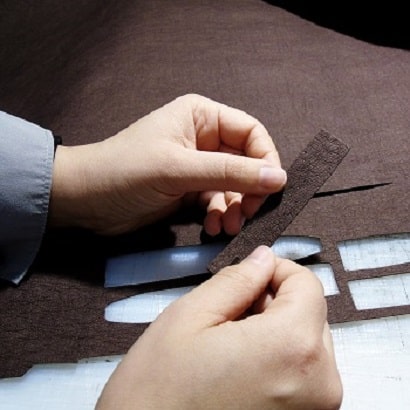
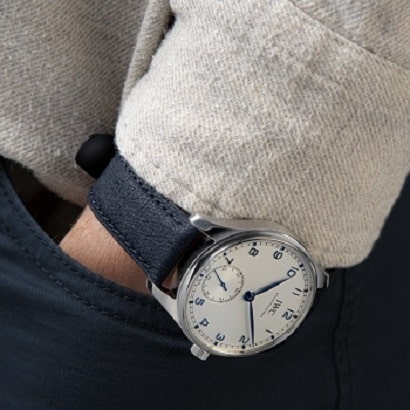
TimberTex is a low-impact paper-based material, made of 80 percent natural plant fibres and coloured with 100 percent natural dyes.
Leadership starts from the very top. Even CEO Christoph Grainger-Herr is fully committed to achieving IWC’s sustainability goals, and closely follows their implementation. “The fish thinks from the head,” states Gsell. From Grainger-Herr the CEO and the board communicate, the company’s sustainability strategy and commitments is are communicated branching out to all departments. “I see that our people are proud of being part of a company that is doing something good, and contributing to safeguarding the planet,” Gsell says. “And achieving these targets is tied to their compensation, adding an additional layer of incentivisation.”
Despite these achievements, ambitious Gsell is not completely satisfied because there were three goals for 2022 that IWC didn’t quite manage: doubling the company’s annual corporate volunteering hours (compared to 2020); phasing out the purchase of non-FSC products; and doubling the number of women in managerial positions compared to 2017. “The thing is, we don’t ever want to be accused of tokenism,” Gsell says. “So when a position opens, we give it to the most qualified candidate, regardless of gender. Another problem is that watchmakers don’t change jobs easily.” I point out a possible third issue: wome are still a minority in technical professions. Data from 2022 reveal that only 22 percent of the people working in STEM (science, technology, engineering and maths) jobs in the UK are women. However, IWC’s Global Sustainability Lead, Carina Porot, is an engineer. Gsell believes that their combined points of view – marketeer and engineer – make for fruitful discussions and facilitate communication of the complex concepts around sustainability initiatives. “I kind of translate what she says,” Gsell adds, smiling.
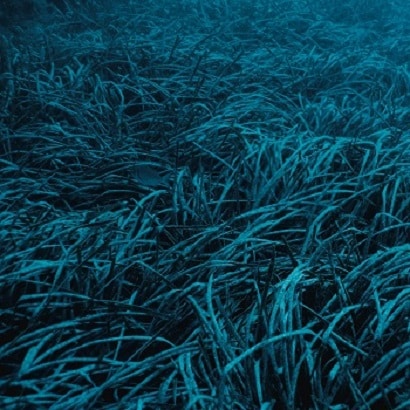
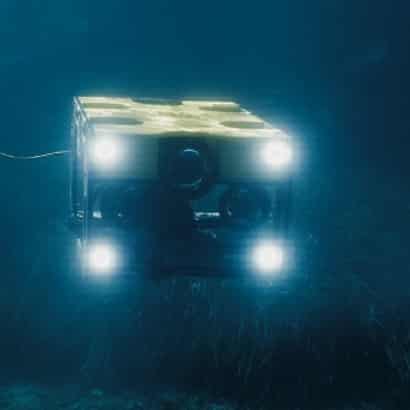
The first stage of the Posidonia Restoration project involves eliminating invasive algae before planting 2,500 seedlings in a 25 sqm area.
Another way in which IWC is getting involved with safeguarding the planet is with biodiversity projects. Restoring posidonia oceanica (also known as Neptune grass) is a project that started last September in Costa Brava, Spain. After eliminating invasive algae and preparing the seabed, the project’s team will start planting a meadow of posidonia, a marine plant endemic to the Mediterranean. This grass absorbs 15 times more CO2 than a similar-sized section of Amazon rainforest, stops erosion and provides a habitat for a range of marine life. Gisele Bündchen, IWC’s newly appointed Environmental & Community Projects Advisor, is involved in the initiative.
The leadership that IWC is showing in the field of sustainability is not only commendable but also good for business. In general, younger generations are much more environmentally aware and prefer to buy from companies that share their values; the luxury sector is no exception. Younger customers simply care more, Gsell affirms. “They are asking the right questions.”
It is difficult to assess whether the movement towards sustainability in the luxury sector has been led by the industry, or if the industry has just been reactive to the demands of the customer. But as Gsell says, “It doesn’t really matter. What matters is that things are changing for the better. I just would like to see them change faster.”
Words: Julia Pasarón






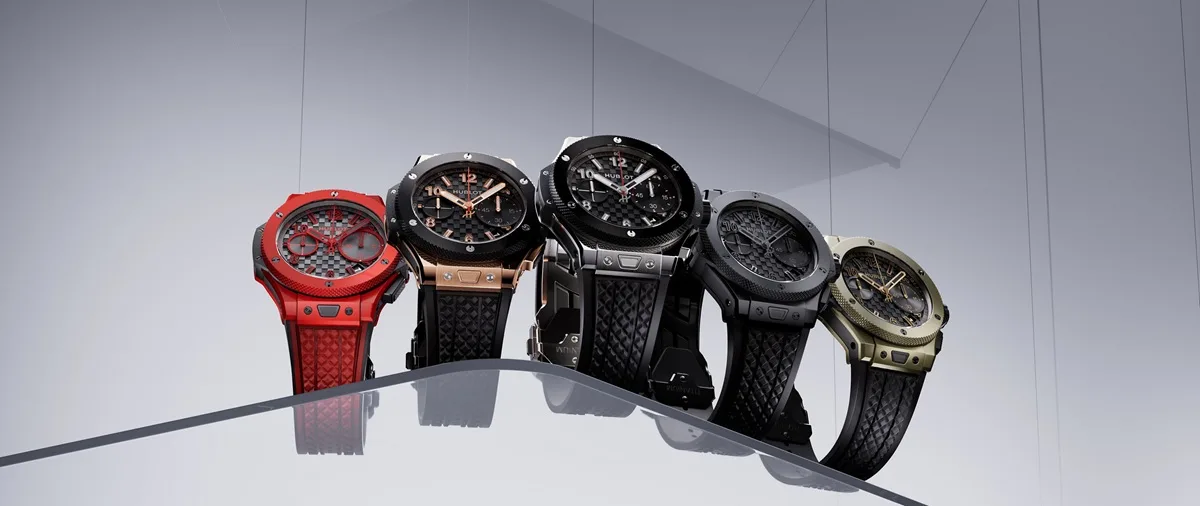
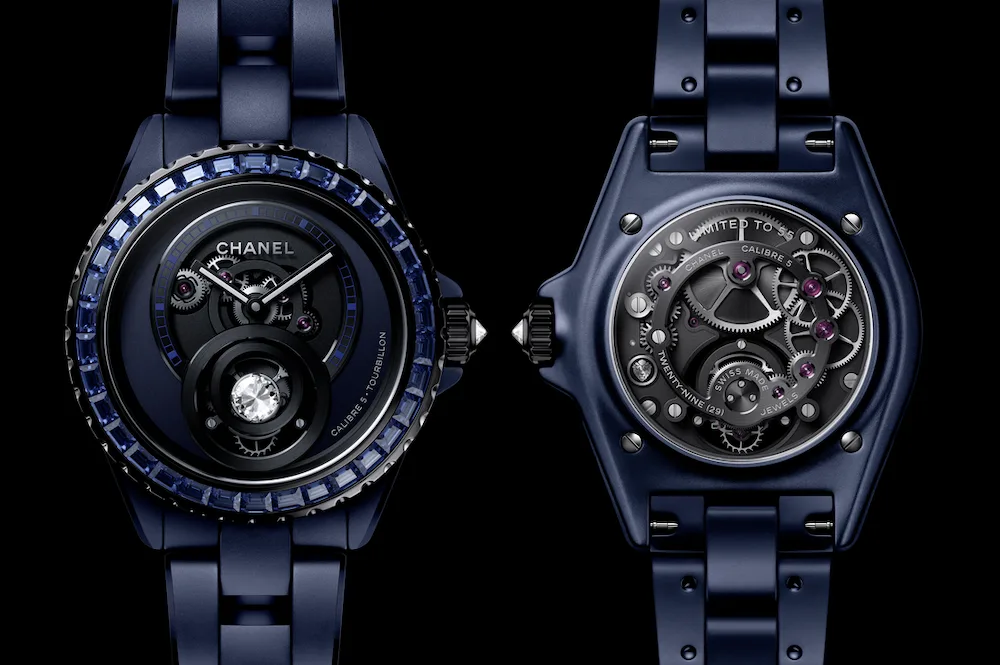
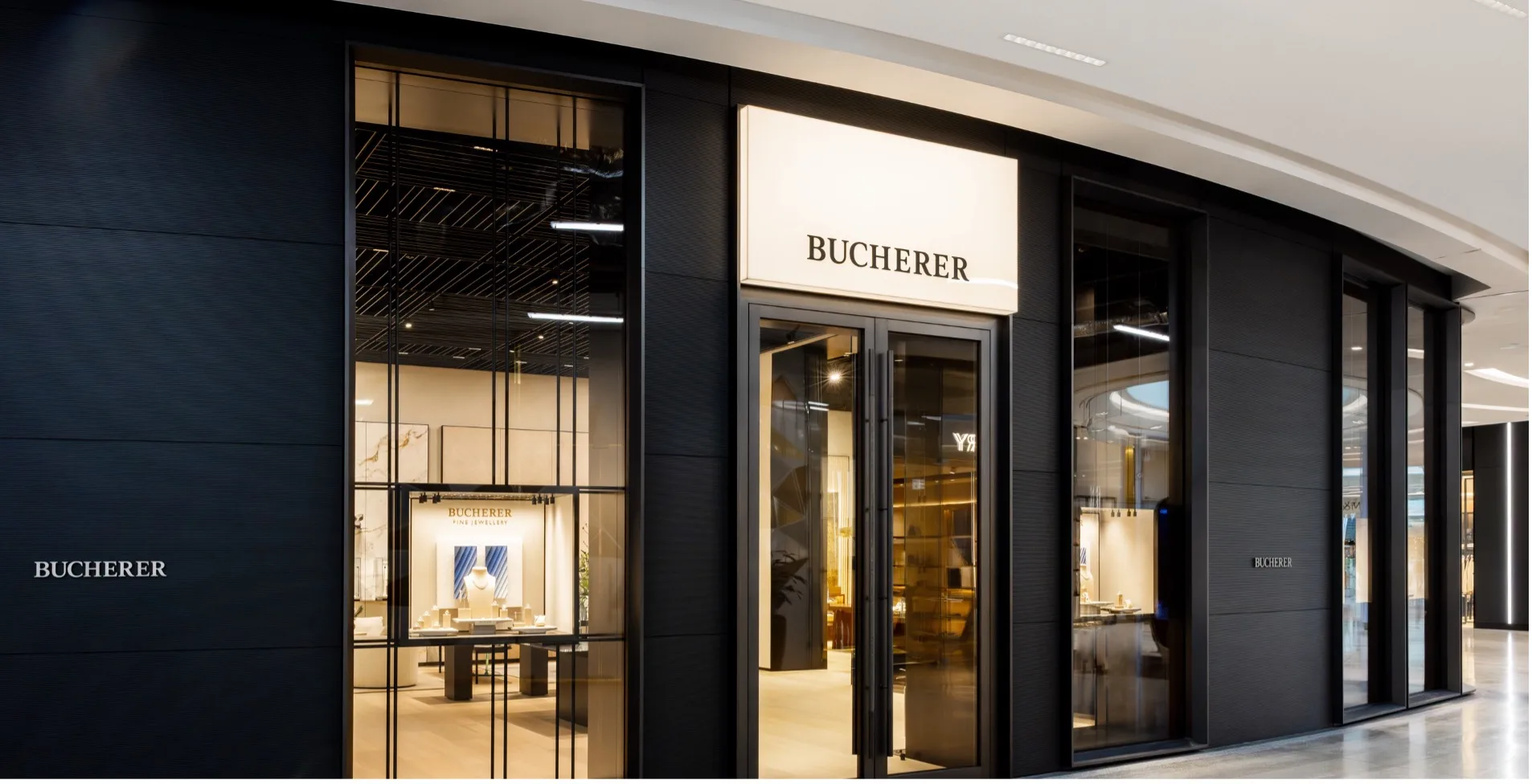

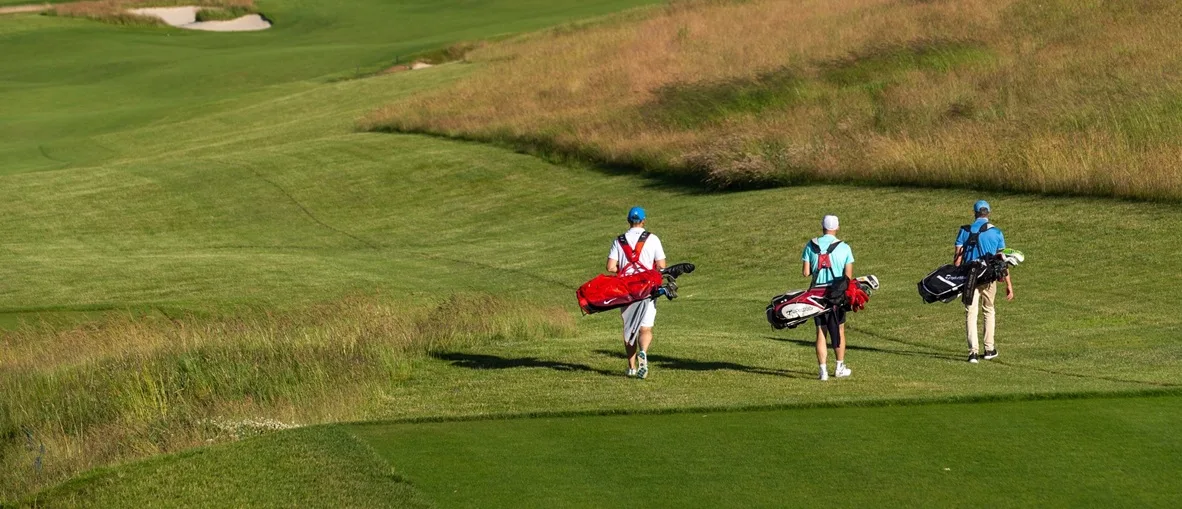


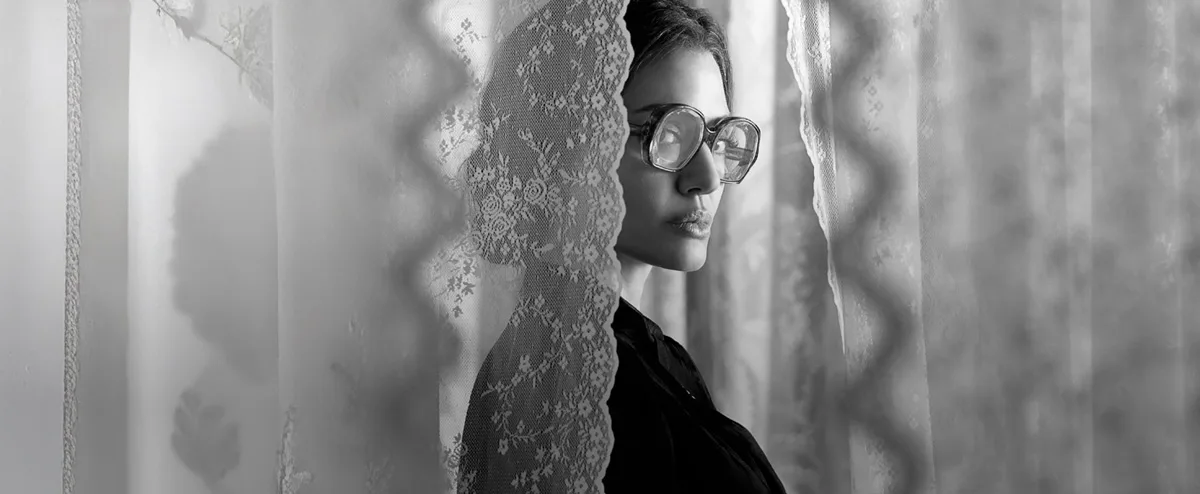



Show Comments +